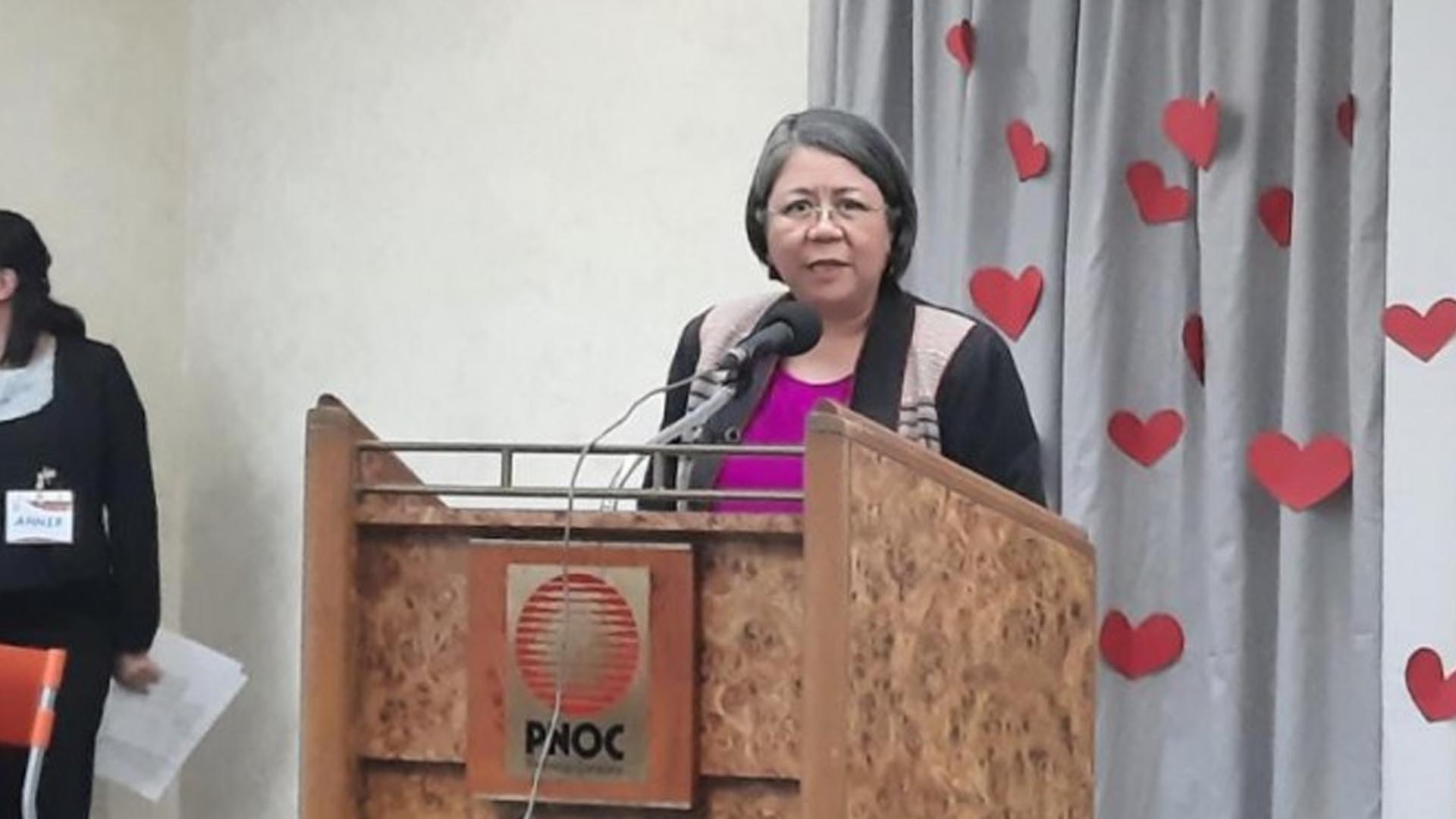Department of Energy (DOE) Undersecretary Rowena Cristina Guevara said the total potential capacity of awarded service contracts (SCs) for offshore wind projects is already 180 percent of the current power generation in the country.
During 7th The Everything Energy (TEE) forum organized by the Philippine National Oil Company (PNOC) in Taguig City Thursday, Guevara said 82 offshore wind SCs were already awarded with potential capacity of producing 63.36 gigawatts (GW).
“If all of these offshore wind potentials are realized, then finally, our power per capita consumption will be aligned with our ASEAN (Association of Southeast Asian Nations) neighbors,” she said.
However, challenges arise as developers encounter issues with the readiness of ports for offshore wind operations.
With this, Guevara urged the private sector to partner with the government in developing ports that would meet the requirements for offshore wind projects.
In partnership with the Asian Development Bank, the DOE has identified 10 potential ports across the country that could accommodate offshore wind operations.
DOE Undersecretary Giovanni Carlo Bacordo said the latest addition to ports that could be repurposed is the Banago Port in Bacolod, Negros Occidental.
Bacordo said that aside from challenges in infrastructure, some offshore wind projects overlap with the no-build zones identified by the Civil Aviation Authority of the Philippines (CAAP) for their radars and the Philippine Coast Guard (PCG) for the navigational lanes for vessels.
“As far as CAAP is concerned, about five projects fall into the CAAP no-build areas. This could be remedied also. I did some reading and they found out that one remedy is just to upgrade the radar. Another area wherein there’s a no-build zone for the PCG shipping, there are about two areas,” he said.
Bacordo said the DOE is taking proactive steps to assist offshore wind energy companies in navigating regulatory hurdles by facilitating coordination between developers and relevant agencies such as the CAAP and PCG regarding the no-build zones.
To ensure safety and compliance, the DOE is urging offshore wind developers to collaborate with CAAP and PCG to address concerns related to critical areas, radar coverage, and established navigational lanes.
Some offshore wind projects overlap with these no-build zones, which needed careful planning and cooperation to find viable solutions. (PNA)







